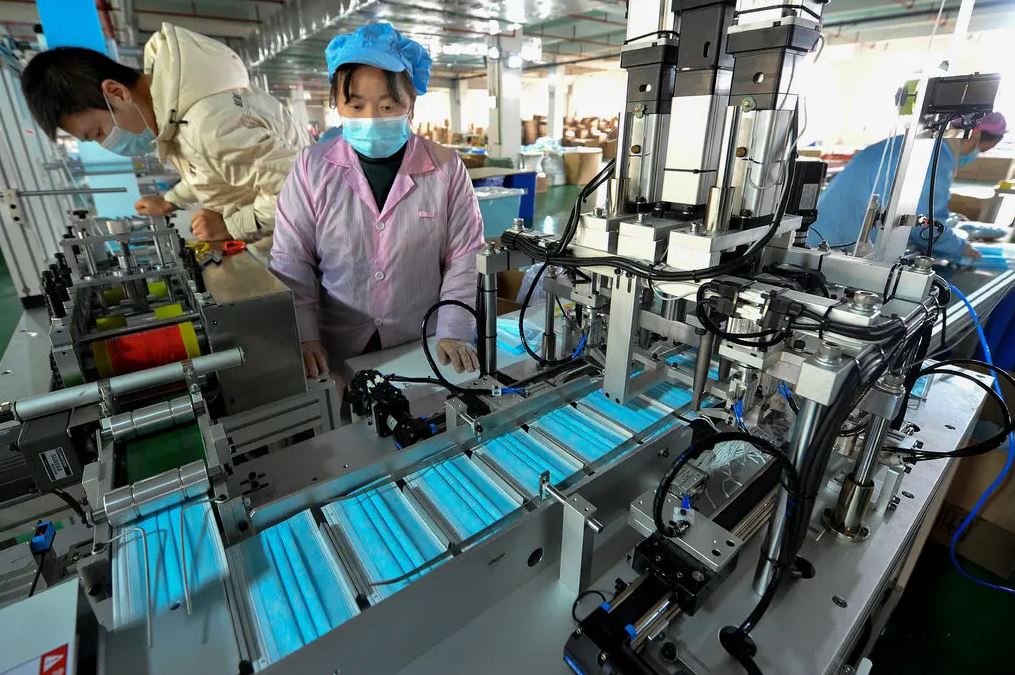In the early 1990s, government health authorities released rules for how medical professionals should protect themselves against TB amid a resurgence of the extremely contagious respiratory illness. This was long before PPE, N95, and asymptomatic transmission were household phrases.
Elastomeric respirators, a type of face mask used in industrial settings and commonly worn by people who work in construction and the automotive industry, were their recommendation. In the decades that followed, elastomeric respirators would become the gold standard for infection-control specialists who were concerned about the risks posed by airborne pathogens.
During the SARS pandemic in 2003 and the swine flu pandemic in 2009, the Centers for Disease Control and Prevention (CDC) helped spread awareness about them. Since then, a few studies have suggested that reusable elastomeric respirators should be essential gear for frontline medical workers during a respiratory pandemic. This is because experts predicted that a respiratory pandemic would quickly deplete supplies of N95s, which are disposable filtration masks that are primarily manufactured in China.
Elastomeric respirators were not to be found in the great majority of hospitals and health clinics throughout the United States when the coronavirus spread around the world and China stopped exporting N95s. Although it is hard to know for certain, some experts feel that the severe mask scarcity that occurred early on was a contributing factor in the wave of illnesses that resulted in the deaths of more than 3,600 health workers.
The epidemic has taught many people the hard lessons that they need to learn about the need of being prepared for public health catastrophes. The federal government has been roundly criticised for mishandling a health crisis that has left one million Americans dead and dented public faith in an institution that was once held in high regard. The criticism stems from the Trump administration’s tepid early response to the Centers for Disease Control and Prevention’s bungled coronavirus testing rollout, as well as the federal government’s mixed messaging on masking, quarantining, and the reopening of schools.
Even now, three years into the epidemic, elastomeric respirators are very uncommon in the medical institutions of the United States. The Centers for Disease Control and Prevention (CDC) has not made much of an effort to promote the masks, and almost all of the dozen or so domestic companies that rushed to begin producing them over the past two years have either stopped producing the masks or gone out of business as a result of the lack of demand.
The majority of them can be purchased for anywhere between $15 and $40 apiece, and the filters, which have to be changed at least once per year, cost around $5 each. According to polls conducted with people who work in health care, the masks are soft silicone and are easy to wear. Additionally, they have a shelf life of at least ten years.
Even though American mask manufacturers, health policy experts, and nursing unions have been pressing federal officials to promote them more aggressively, the government’s tentative approach to elastomeric respirators during the pandemic has largely escaped public scrutiny. This is despite the fact that they have been pressing federal officials to promote them more aggressively. They emphasise that the masks are a more ecologically responsible and cost-effective alternative to using N95s. When worn correctly, they provide superior protection than that provided by N95 masks, which, as their name implies, only block 95 percent of infectious agents. Most elastomerics have a purity level more than 99 percent.
Now that hospitals have started purchasing low-cost face coverings produced in China and the American mask industry, which had recently had a resurgence, has collapsed, experts are warning about the dangers of the nation’s prolonged reliance on protective equipment manufactured elsewhere. Many of the businesses in the United States that have decided to close their doors are start-ups whose founders entered the personal protective equipment (PPE) industry out of a feeling of civic obligation.
It should be made clear that government health specialists approve the use of elastomerics; nevertheless, they have said that they are waiting for the results of future studies before providing their complete backing for the broad use of elastomerics by medical staff. Emily Haas, a scientist at the Centers for Disease Control and Prevention’s National Institute for Occupational Safety and Health, or NIOSH, stated that researchers were still grappling with the necessity to regularly disinfect them and complaints about muffled communication, despite the fact that some newer models make it easier for wearers to be heard.
The greater challenge, according to her, is convincing hospitals and group purchasing organisations to embrace the masks despite the abundance of N95s, which offer comparable protection during routine medical care and can be thrown away after each use. She says this is because N95s offer comparable protection during routine medical care.
There are probably not going to be very many masked entrepreneurs around in the future. Max Bock-Aronson, the co-founder of Breathe99, an elastomeric respirator manufacturer that Time magazine included on its list of the best inventions of 2020, has been winding down operations at the company’s plant in Minnesota. Time magazine included Breathe99 on its list of the best inventions of 2020.

